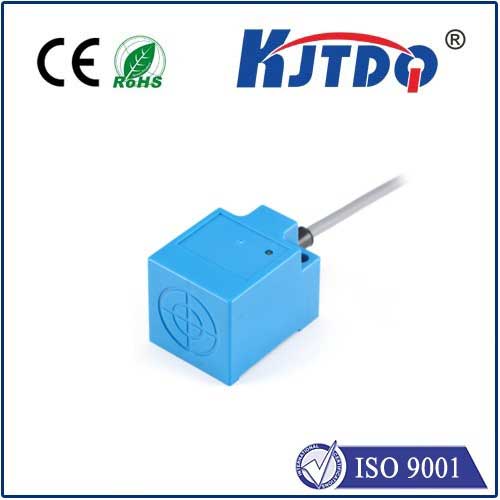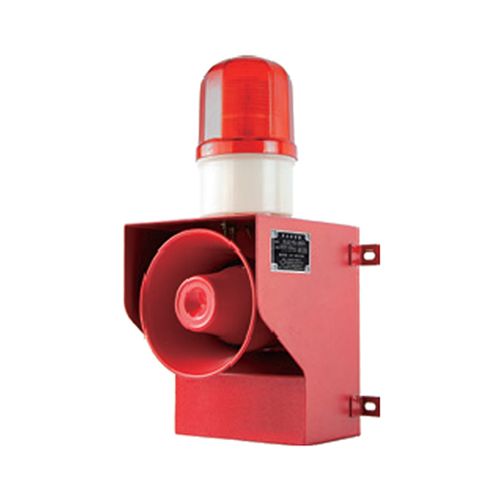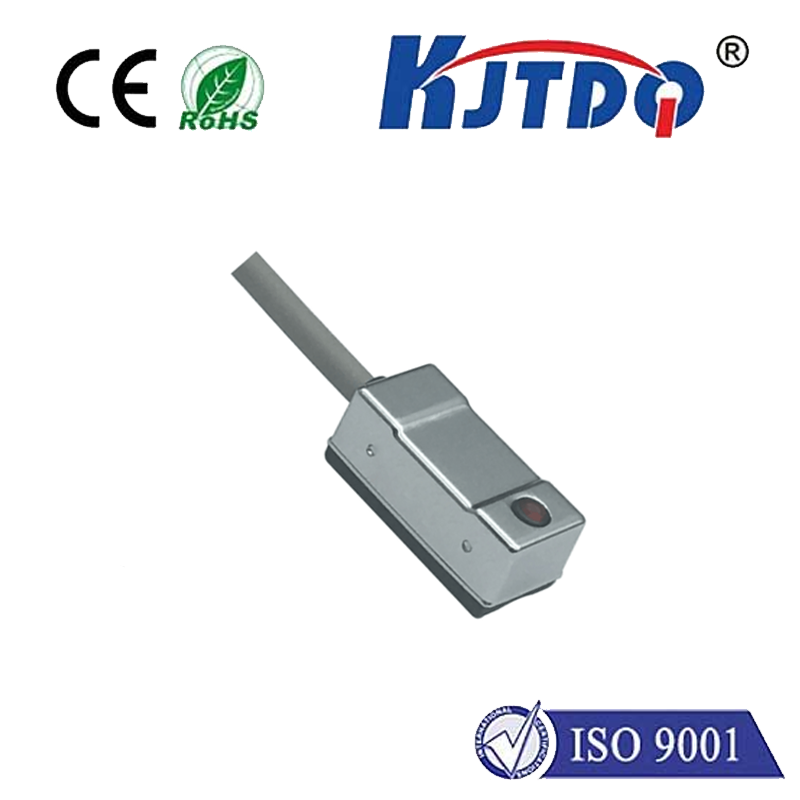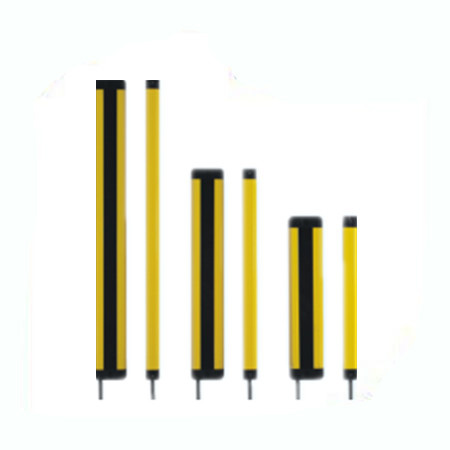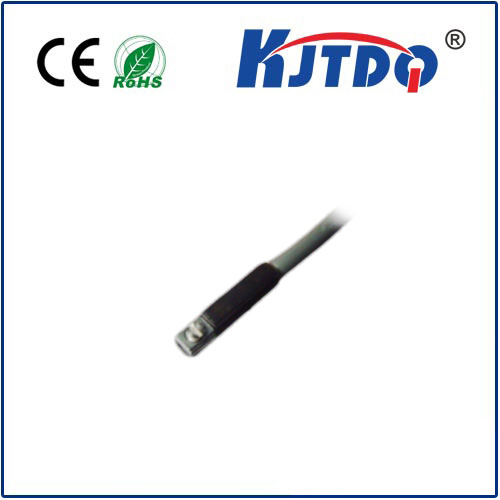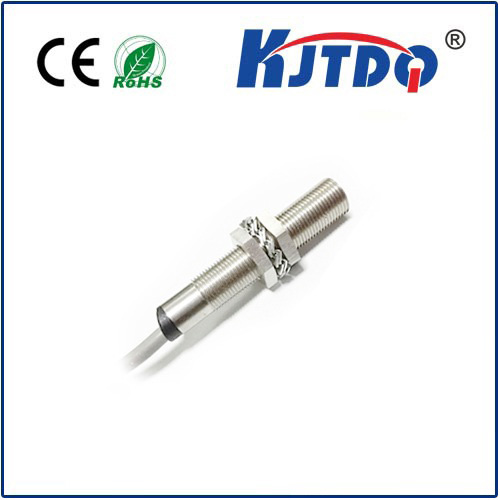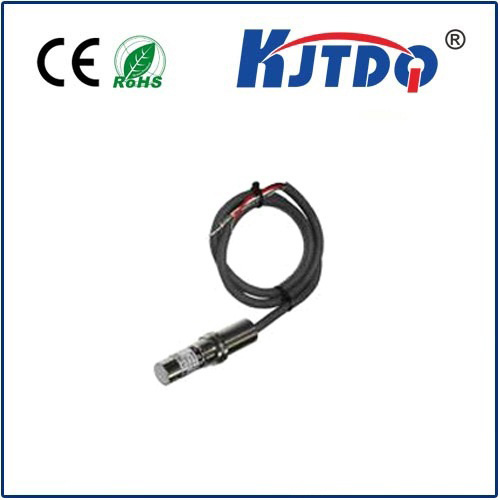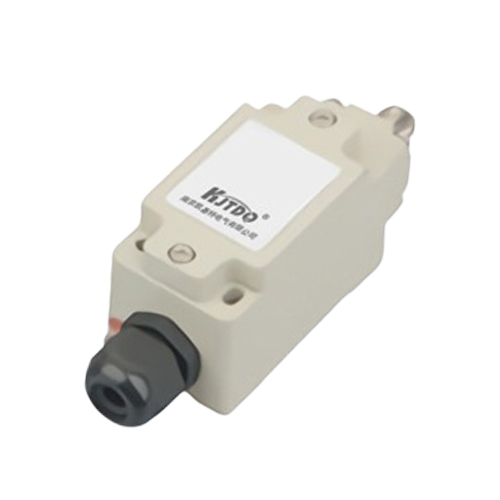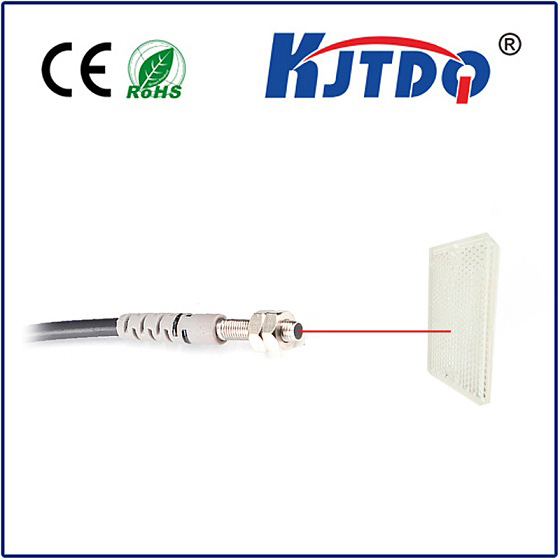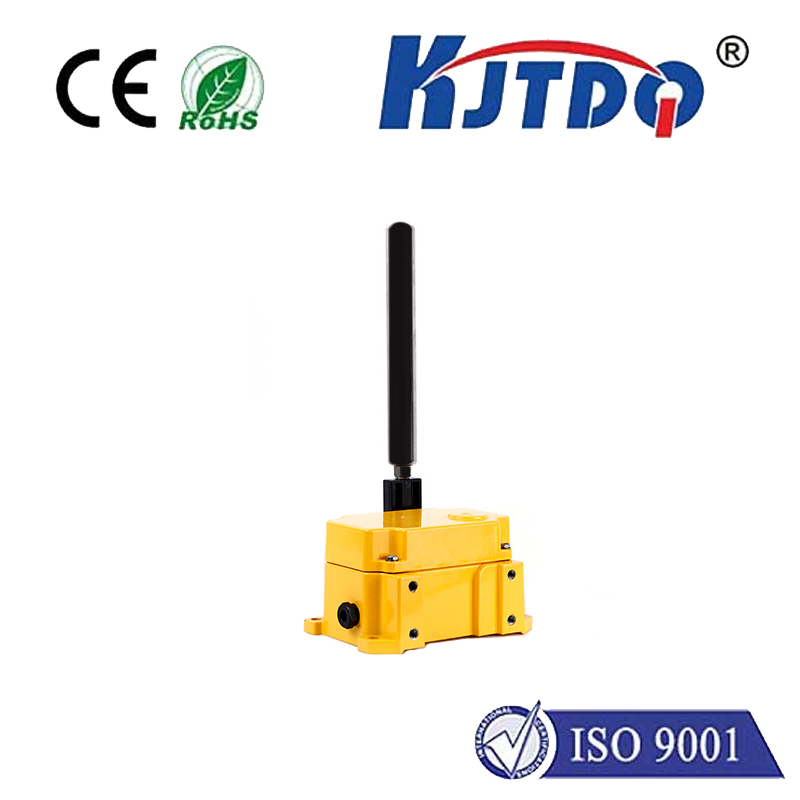BES017C high pressure proximity sensor
- time:2025-10-13 14:27:07
- Click:0
BES017C High Pressure Proximity Sensor: Unrivaled Reliability in Extreme Industrial Environments
Industrial automation thrives on precision and unwavering dependability, especially where conditions test the limits of standard equipment. Imagine critical processes involving intense hydraulic pressure, powerful presses, or heavy machinery subjected to relentless force. Sensor failure in these scenarios isn’t just inconvenient; it can halt production lines, damage expensive assets, and compromise safety. This is precisely where specialized components like the BES017C High Pressure Proximity Sensor step into the spotlight, engineered to deliver consistent performance where ordinary sensors falter. Understanding its capabilities is key to optimizing resilience in demanding applications.
Demystifying Proximity Sensing Under Pressure
At its core, the BES017C is an inductive proximity sensor. These non-contact devices detect the presence of metallic objects (targets) within their sensing range without physical interaction. They generate an electromagnetic field; when a metal target enters this field, it induces eddy currents, causing a detectable change in the sensor’s internal oscillation. This change triggers an output signal (typically switching a load ON or OFF). The fundamental advantage of inductive sensors like the BES017C lies in their robustness – no moving parts, resistance to dirt, dust, oil, and coolant splashes.
What Truly Defines “High Pressure” Capability?
The defining characteristic of the BES017C series is its exceptional tolerance to external, static pressure exerted directly onto its sensing face. Standard proximity sensors might deform, crack, or malfunction under significant compressive forces encountered in:

- Hydraulic Systems: Monitoring piston position within cylinders subjected to hundreds or even thousands of bar/psi.
- Die Casting & Molding Machines: Sensing mold closure or component positioning under immense clamping forces.
- Heavy Presses & Stamping: Detecting tooling position during high-tonnage operations.
- High-Pressure Testing Rigs: Verifying component presence during pressure testing cycles.
The BES017C sensor body and, critically, its front sensing face are constructed using high-grade stainless steel (typically V4A / AISI 316L). This choice of material is paramount. Stainless steel offers superior mechanical strength and resistance to plastic deformation compared to plastics or weaker metals. This robust housing acts like a solid core, effectively transmitting and distributing the external pressure load without collapsing or compromising the sensitive internal electronics housed within. Think of it as a miniature, pressure-rated vessel protecting its vital components.
Key Features Empowering Performance in Harsh Settings
Beyond its core pressure resistance, the BES017C integrates features designed for seamless operation in tough industrial landscapes:
- Exceptional Pressure Rating: This is the headline spec. Models are available rated for static pressures of 500 bar (7250 psi) or 1000 bar (14500 psi), ensuring integrity under extreme loads. Always verify the specific model’s rated pressure.
- Robust Stainless Steel Housing: Provides not only pressure resistance but also outstanding corrosion resistance, essential for environments exposed to aggressive coolants, washdowns, or salty atmospheres.
- High Degree of Protection: Rated to IP67 and IP69K, guaranteeing resilience against dust ingress and powerful high-pressure, high-temperature water jets during washdowns. This is crucial for food & beverage, chemical, or pharmaceutical applications requiring stringent hygiene.
- Temperature Resilience: Designed to operate reliably across a broad industrial temperature range (typically -25°C to +70°C or wider, depending on the variant), accommodating hot foundries or cold storage areas.
- EMC Immunity: Engineered to resist electromagnetic interference common in noisy industrial settings filled with motors, drives, and welding equipment, ensuring stable signal output.
- Short-Circuit and Reverse Polarity Protection: Safeguards the sensor and connected circuitry from wiring errors or electrical faults.
- Standard M12 Connector: Simplifies installation and integration using widely available industrial cabling and connectors.
- LED Status Indicator: Provides visual confirmation of power and switching state for quick diagnostics.
Where the BES017C Proves Indispensable
This sensor isn’t a general-purpose device; it excels in niches demanding its unique strength:
- Hydraulic Cylinder Position Feedback: Directly mounted on the cylinder body to accurately detect piston rod position, crucial for sequence control in heavy machinery like excavators, injection molding machines, or steel mills.
- Clamp & Mold Monitoring: Ensuring molds are securely closed in die casting or plastic injection molding before applying high pressure, preventing catastrophic damage.
- Press Brake Tooling Positioning: Detecting the position of dies and punches under heavy bending loads in metal fabrication.
- High-Pressure Valve Actuation Verification: Confirming valve stem position in systems handling enormous fluid pressures.
- Pump & Compressor Status: Sensing component movement within high-pressure pump or compressor housings.
- Test Bench Applications: Position verification during high-pressure testing of pipes, valves, hoses, or pressure vessels.
Technical Specifications Snapshot (Representative - Confirm Specific Model)
| Feature |
Specification (Typical BES017C Model) |
Notes |
| Sensor Type |
Inductive, Non-Contact |
Shielded (flush-mountable) |
| Detection |
Ferrous & Non-Ferrous Metals |
Reduced sensing range for non-iron |
| Housing |
Stainless Steel (V4A / AISI 316L) |
Highly corrosion resistant |
| Sensing Face |
Reinforced Stainless Steel |
Key to high-pressure rating |
| Pressure Rating |
500 bar or 1000 bar (Static) |
Critical differentiator |
| IP Rating |
IP67 / IP69K |
Dust-tight & high-pressure washdown |
| Operating Temp |
-25°C to +70°C (or wider) |
Check specific model datasheet |
| Output Type |
PNP Normally Open (NO) or NPN |
DC 3-Wire, Various cable/connector |
| Voltage Range |
10-30 V DC |
| Connection |
M12 × 1 Connector or Fixed Cable |
Industry standard |
| Protection |
Short-Circuit, Reverse Polarity |
Integrating the BES017C: Key Considerations for Success
Selecting and mounting this high pressure proximity sensor correctly is vital:
- Precise Pressure Rating: Never exceed the sensor’s specified static pressure rating. Choose the 500 bar or 1000 bar variant based on your application’s maximum expected pressure.
- Mounting Surface: Ensure the mounting surface is flat, clean, and rigid enough not to deform under pressure, as deformation could affect sensor performance or damage it. Proper mounting force is essential – follow manufacturer torque specifications for the mounting nuts/bolts.
- Target Material & Size: Inductive sensors require metal targets. The sensing range (Sn) depends on the target material (ferrous metals offer the full range) and size (must meet the sensor’s specified ‘standard target’ size for rated Sn).
- Environmental Factors: While robust, verify compatibility with specific chemicals, washdown procedures, and ambient temperatures beyond standard ratings if present.
- Shielding: The BES017C is typically shielded (flush-mountable). This allows installation flush in metal without affecting performance but reduces the nominal sensing range slightly compared to unshielded types. It also protects against interference from surrounding metal.
The Foundation of Unyielding Process Control
In the relentless world of heavy industry and high-pressure applications, component failure is not an option






